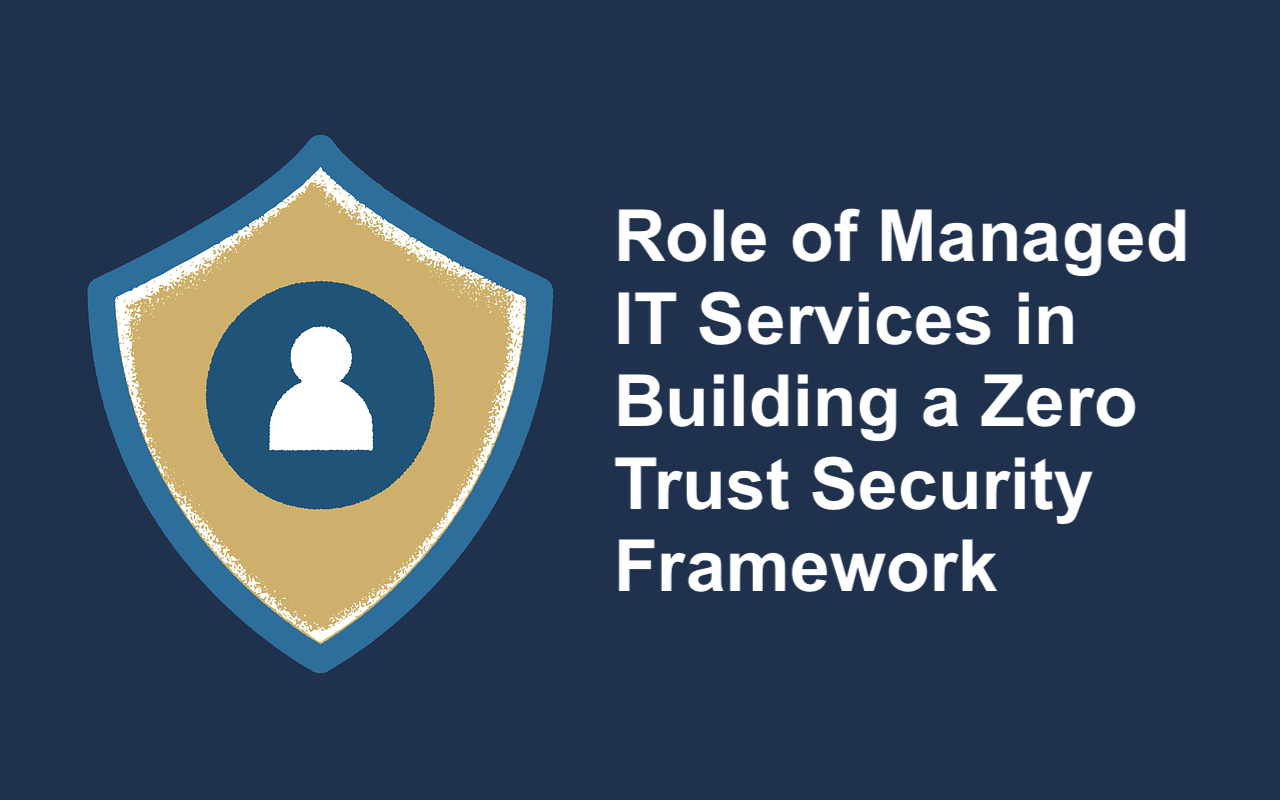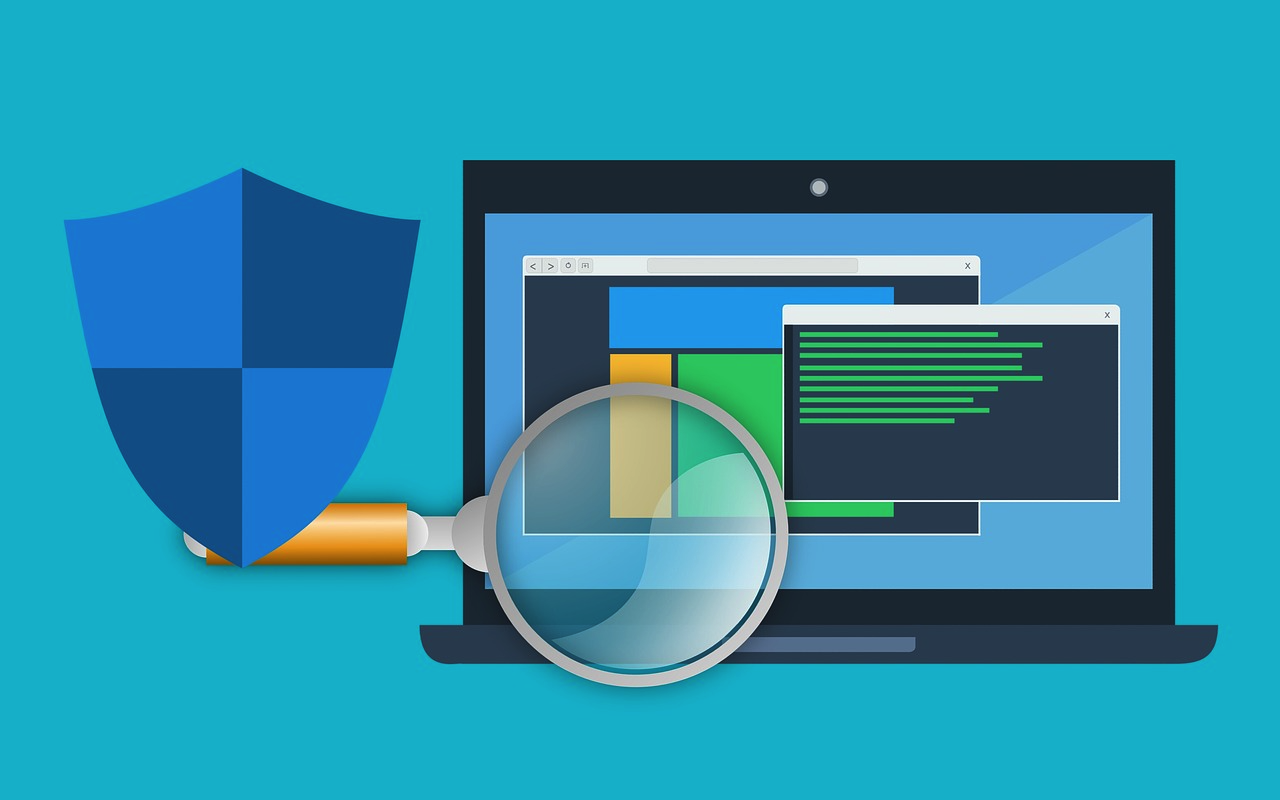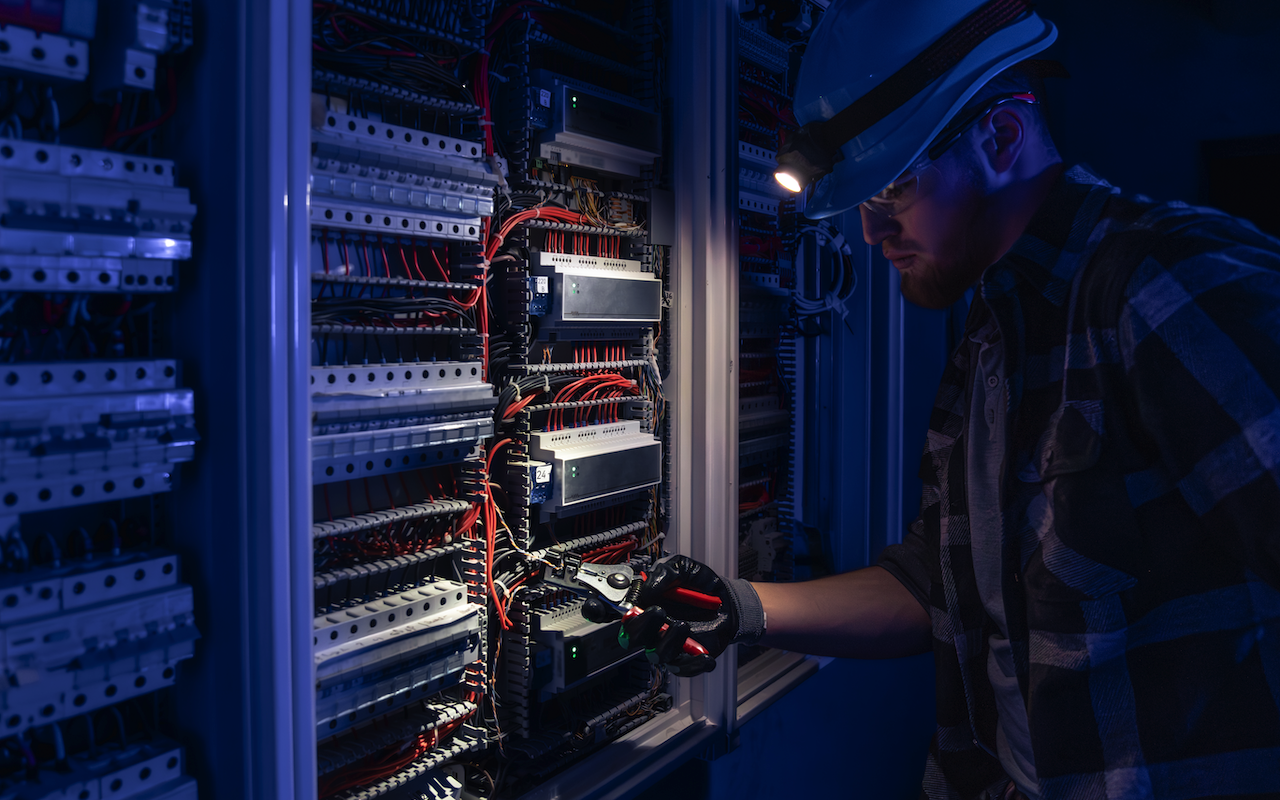
In a world where cyberattacks are growing in frequency and sophistication, traditional network defenses are no longer enough. Businesses must adopt smarter, more adaptive security models, and Zero Trust is at the forefront of this shift. As remote work, cloud computing, and device diversity increase, organizations need a framework that verifies every user and device, every time. This article explores how Zero Trust security works and how managed IT services make its implementation scalable, practical, and effective for businesses of all sizes.










